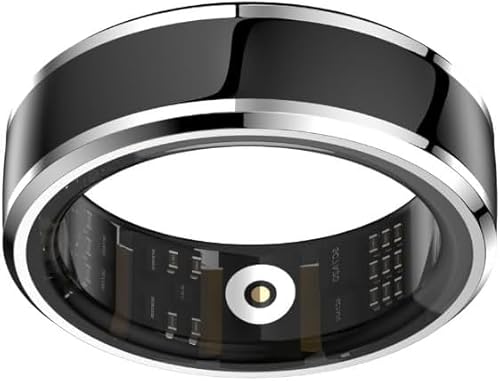normofthenorth
Well-known member
Norm:
Very Long Term Very Long-Term Survival Implications of Heart Valve Replacement With Tissue Versus Mechanical Prostheses in Adults <60 Years of Age, by Marc Ruel, MD, MPH; Vincent Chan, MD; Pierre Bédard, MD; Alexander Kulik, MD; Ladislaus Ressler, MD; B. Khanh Lam, MD, MPH; Fraser D. Rubens, MD; William Goldstein, MD; Paul J. Hendry, MD; Roy G. Masters, MD; Thierry G. Mesana, MD, PhD, (Circulation. 2007;116:I-294 – I-300.), found at: http://circ.ahajournals.org/cgi/content/full/116/11_suppl/I-294 Quote: “Valve reoperation, often for prostheses that are no longer commercially available, occurred in 89% and 84% of patients by 20 years after tissue aortic and mitral valve replacement, respectively, and was associated with a mortality of 4.3%.”
This website has summarizes cardiac risk indexes:
http://depts.washington.edu/gim/clinical/MCSSyllabus/Cardiac Assess.pdf
Note that “over age 70” adds five points, critical aortic stenosis adds 20 points, and poor general medical condition adds five points to put the patient at or near “high risk”. Reoperations involve working around scar tissue, which is more difficult and adds more risk. Add in all the time on the heart lung machine and the pumphead effect, in addition to the other downsides and risks of the surgery, not to mention the protracted recovery period (and the expense!).
The fact is that if someone needs to get a reoperation and they are elderly and/or in poor health, the risk is significantly higher than for a younger, first time patient. That is why tissue valves historically have been largely reserved for elderly patients that would not be expected to outlive the valve. Because if you put a tissue valve in a person that is younger, the odds are that they will outlive the valve and have to undergo a reoperation. When that time comes, their risk is significantly higher than it was for the first operation. Although there are probably not any statistics kept on it, I’ll bet that there are a lot of folks that forgo having a reoperation when the time comes simply because it is too traumatic or too likely to kill them.
I do not know where you got the 1% and 2% figures and believe that they are too low. Perhaps someone else on the forum can dig something up. When I get time I’ll do some digging around the web. I do know that statistics don’t mean much if you are one of the folks that doesn’t make it.
Dan, many, most, or all of the risk factors you quote are real, but you seem to be double-counting them, as if they are IN ADDITION to the total mortality numbers -- which, you recall, are statistically indistinguishable from the total mortality (and "MAPE") numbers for 50-65-year-old people who opt for mechanical valves and ACT instead. The risk factors and the reop mortality figures -- and even the mortality (= shorter life expectancy) numbers for people who decide to die instead of facing a re-op -- are all included in the total life-expectancy numbers. Enumerating them separately, as if they change the totals, is at least misleading, if not Just Plain Wrong.
About that first study you cite: You've already complained about how out-of-date and irrelevant its raw numbers (and maybe also its comparisons) are, and I think I generally agree. But even back then, dealing with obsolete valves and such, AND showing re-op rates that seem MUCH higher than are shown in more state-of-the-art studies (like the "Gold Standard" study on the Hancock II), they STILL show a mortality of 4.3% for re-ops, INCLUDING all of the scary risks you enumerate. That still leaves 95.7% of re-op patients who at least survive the experience. . . I bet it wasn't too long ago when FIRST-time valve-replacement patients didn't come that close to a guarantee of survival. . .





















